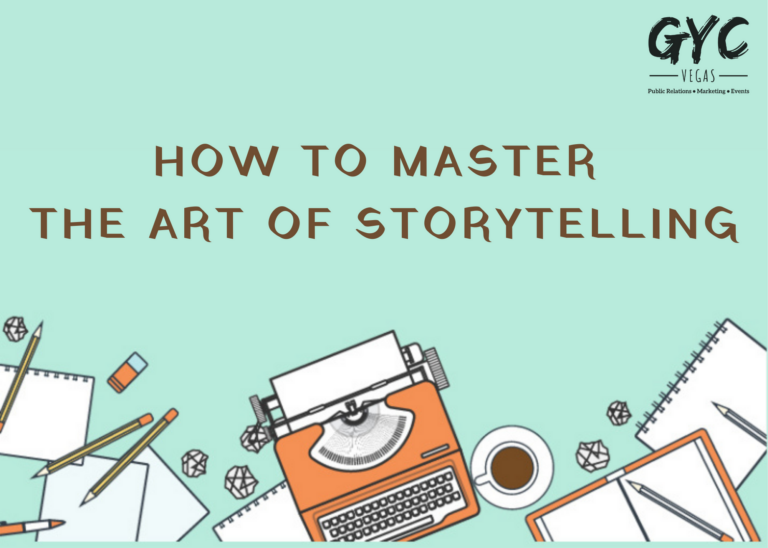Good stories are powerful marketing tools, because they can change the way we think and how we act.
To get the most out of your stories, remember your audience and engage the reader by sharing compelling information in an engaging, thought-provoking way. A good story from a PR perspective is one that includes as many of the following elements as possible:
- Relevance
Make sure you understand who you’re trying to influence before you write a word. Then ask yourself why they should care about what you have to say. This is where the common acronym WIIFM comes in – the age-old question, “What’s in it for me?”
That’s what journalists look for as they consider the news value of a pitch, and consumers of other types of content often subconsciously think the same thing as they read a story. If the question isn’t quickly and convincingly answered, you’ll lose the reader and any corresponding media coverage opportunities.
Make sure, too, that you’re conveying news that’s actually relevant – like a new widget that is the first of its kind/proven best/most advanced, or a revolutionary solution to an old problem – and not an overly promotional message.
For example, it’s unlikely the simple fact that your product comes in a new color would make a great story. The media and consumers alike need more of a hook than that (see element No. 2, below).
Other questions to ask and answer as you’re writing any story include:
- Why does this story matter?
- How does it impact the reader or audience?
- Why should a reporter cover this story today?
- Hook
The first few sentences of any story, or the lead of a news release, are the most important. They set the tone and hook the reader. If people don’t like or relate to the beginning of a story, especially busy journalists, they’ll quit reading.
Quickly provide an intriguing reason to care and grab their attention with an interesting, surprising or emotional detail. Use language that resonates with your audience and what they value to make an immediate and lasting impact.
- Trigger
After you establish why your story is relevant and grab their attention, give people reasons to keep reading. Build up to an implied or direct call to action by presenting scenarios or facts that help them understand how your story matters. Don’t tell them. Show them. Use examples, simplify the message and vary sentence structure to maintain interest. But be brief to combat short attention spans.
- Connection
People relate to people, not products or services. So as often as possible, tell a brand story that includes a human interest component. Describe how a customer’s life or business has improved thanks to your company, or share interesting behind-the-scenes information about how your business operates.
When you make an emotional, authentic connection with people, they’ll remember, trust and support your organization. The more you make people feel, the more likely your story is to move them to action.
- Credibility
Support any claims you make with cold hard facts. Use verifiable documentation that demonstrates why your company, product, service, idea, event or cause is everything you say it is. Include statistics, research findings, survey results, testimonials or any other data that adds depth and credibility to your story.
Great PR storytelling creates brand fans, consumer trust and positive media coverage that can ultimately boost your bottom line. But it’s a skill you have to constantly hone. For help finding the right words, partner with the writing pros at GYC Vegas, a public relations agency specializing in developing and placing brand-building stories.


2 Responses